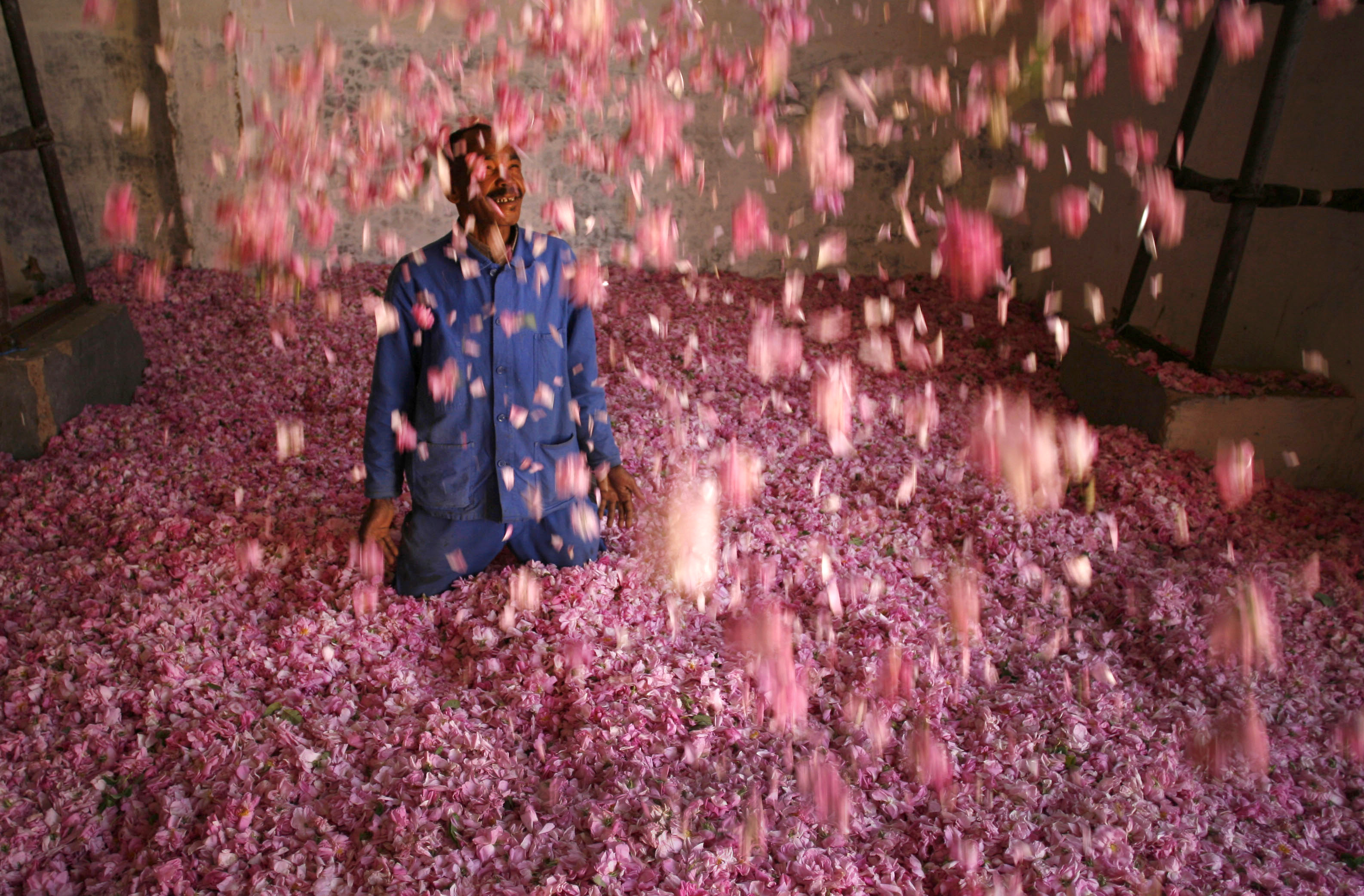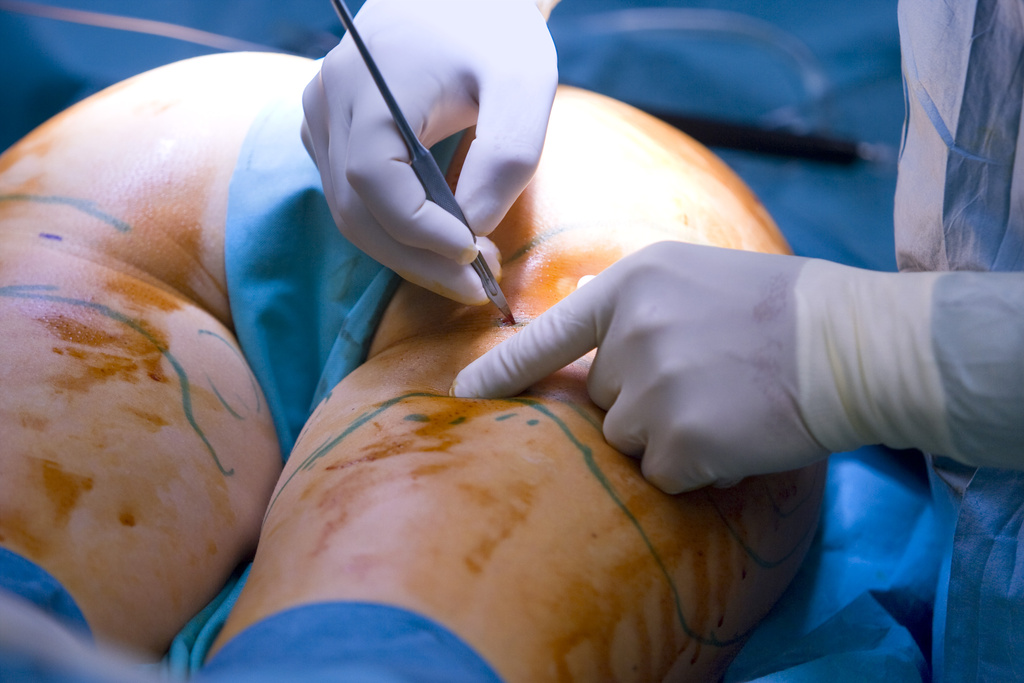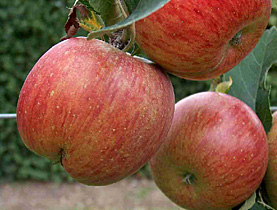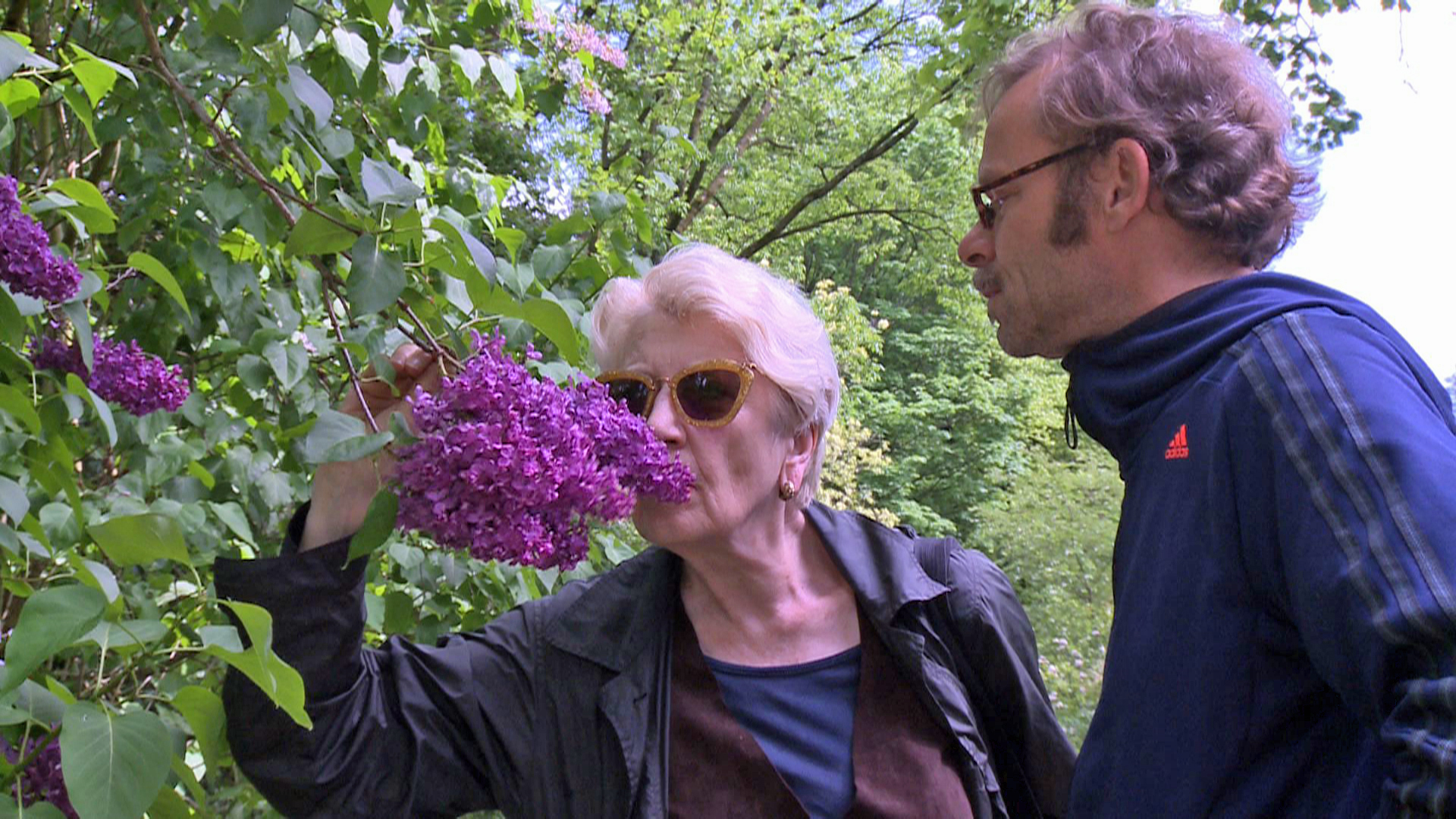Swiss fragrance companies taste global success

They are the biggest flavour and fragrance companies in the world, dominating an estimated 30 - 40 per cent of markets. So why are Swiss firms Givaudan and Firmenich so successful?
The firms that are responsible for many of the flavours in the food we eat, the scents in the perfumes we use and fragrances in the detergents we clean with were both founded in 1895, in Zurich and Geneva respectively.
The similarity ends there. Whereas Givaudan has grown through a series of acquisitions and is publically traded on the Swiss stock exchange, Firmenich has expanded through internal growth, resolutely remaining a private, family-owned business.
Last year, despite both firms taking a hit from currency exchange due to the strong franc, Givaudan posted sales of SFr3.9 billion ($4.14 billion) and Firmenich sales of SFr2.78 billion.
“They devote a hefty amount of their budgets to research,” says industry veteran Marc Roesti of consultancy Mont Blanc Beauty Concepts in Winterthur. “They employ Nobel prize winners in their staff. They are both based on very strong research and that’s Swissness – they are very good at this and have an edge.”
Givaudan head of investor relations Peter Wullschleger puts it more bluntly: “You eat, you drink, you wash yourself and you clean your house. That’s 80 per cent of our business. The only part of our business that is cyclic is luxury perfumery. That means bad economic times for us haven’t been a major issue.”
Research
Last year Givaudan invested 7.5 per cent of sales – SFr294 million – in research and development. Firmenich invested ten per cent of sales in R&D but does not disclose the exact figure. Both companies operate major fragrance research operations in Switzerland – Givaudan in Dübendorf outside Zurich and Firmenich in Geneva.
Key to creating innovative scented products and giving Swiss companies an edge over their competitors is the fact that both industry and academia such as the Federal Institute of Technology Zurich, often in collaboration, have focused on “the structural elucidation and synthesis of new fragrance molecules”. That’s according to Cornelius Nussbaumer, president of the Swiss Flavour and Fragrance Industry Association and fragrance safety manager at Swiss fragrance company Luzi.
Firmenich perfumer behind best-selling fragrances including ck1 and Flower by Kenzo Alberto Morillas told swissinfo.ch: “The quality of ingredients is essential, whether it’s about the best natural extracts or really innovative synthetic molecules”, some of which he says are reserved exclusively for Firmenich’s own perfumers.
It is the dual activity of developing both molecules for sale as ingredients to other companies and for exclusive use in made-to-order products for specific clients – that Givaudan and Firmenich have made an art form out of.
Roesti gives the example of hedione, an aroma chemical developed by Firmenich as a freshness booster and used in ck1 which the company created on commission for Coty Inc.
“On its own, hedione doesn’t smell but when you mix it with citrus accords, for example, you get added freshness and it was used in many fragrances. ck1 is full of the stuff and as Firmenich had the patent on it they were doing absolutely marvellous business,” says Roesti.
But Roesti also suggests that both companies are missing an opportunity by keeping their flavour and fragrance divisions separate.
“The two divisions don’t really talk to each other but there is a grey area where if you put perfumers and flavourists together you could create new accords which would not have been seen before. But this doesn’t really happen,” he says. “But maybe business such as natural cosmetics might be too much of a niche for the large players.”
Close-knit multinationals
Research and development, however important, is just one part of the equation and both companies have focused on becoming global players – Givaudan has subsidiaries in 45 countries and Firmenich is present in 64 countries.
“In fact the industry today is such that the companies are both competitors and customers because they buy from each other. Each of the companies has specialities and it is a very close-knit industry,” says Roesti.
“You cannot cater to Procter & Gamble, Unilever, Nestlé, Danone, if you are not a globally operating player. In every major market they have development centres, production centres, sales and marketing support staff.”
Wullschleger describes Givaudan as “very networked” with its customers, together with whom it has expanded its multinational network through joint ventures in emerging markets.
“We have built our multinational set up together with our customers who went to the emerging markets. Nestlé who wanted to sell in China, Procter & Gamble who wanted to sell in Latin America. We went with them together because taste and smell practices are very local. You cannot make an instant green tea for Chinese consumers out of Switzerland. This you need to do in China,” he says.
Franc and fragrance
Roesti suggests high costs associated with the franc was the reason Givaudan relocated a manufacturing plant from near Zurich to Hungary last year, although Wullschleger says it was a strategic decision to replace an old plant with a new one designed to cater to the eastern European market.
However Wullschleger does concede that building the new plant in Switzerland would have been “far too expensive and strategically located in the wrong place. It’s production … and this you can do elsewhere.
“I don’t want to play down the problem of the Swiss franc. When we consolidate in Swiss francs we have lost a lot of money, that is clear, but it’s only a translation problem, not a transaction problem because we produce very little in Switzerland,” says Wullschleger.
“It’s distributed around the globe so costs and revenues are practically concurrent. There is no impact on the margin … [the Swiss franc] is not attacking our competitiveness.”
Givaudan
Founded in 1895 in Zurich
Total sales 2011 – SFr3.9 billion
Fragrance sales 2011 – SFr1.83 billion
Flavour sales 2011 – SFr2.08 billion
Sales by region: Europe, Africa, Middle East 40%; Asia Pacific 26%; North America 22%; Latin America 12%
8,913 employees: Switzerland 17%; other Europe, Africa, Middle East 29%; North America 21%; Asia Pacific 21%; Latin America 12%
82 locations; subsidiaries in 45 countries; 27 fragrance creation centres; 36 flavour creation centres; 33 production sites
Firmenich
Founded in 1895 in Geneva
Total sales June 2011: SFr2.78 billion
Global market share: 14%
Employees: 6,000+
Global presence: in 64 countries.
Worldwide operations: 45, and 26 manufacturing sites
3 R&D centres in Geneva, Princeton and Shanghai
Patents presently in force: 1,850+
Givaudan, Switzerland, SFr3.9 billion
Firmenich, Switzerland, SFr2.78 billion
IFF, United States, $2.78 billion (SFr2.69 billion)
Symrise, Germany, €1.58 billion (SFr1.9 billion)
Takasago, Japan, ¥113 billion (SFr1.39 billion)
Mane SA, France, €570 million (684.6 million)
Sensient Flavours, United States, $619.7 million (SFr600.2 million)
T. Hasegawa, Japan, ¥44 billion (SFr542.3 million)
Frutarom, United States, $518.4 million (SFr502 million)
Robertet SA, €373.28 million (SFr448.35 million)
(Source: Leffingwell & Asssociates)

In compliance with the JTI standards
More: SWI swissinfo.ch certified by the Journalism Trust Initiative




You can find an overview of ongoing debates with our journalists here. Please join us!
If you want to start a conversation about a topic raised in this article or want to report factual errors, email us at english@swissinfo.ch.